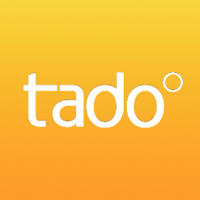Docooler TH10 WiFi Smart Switch Remote Controller Smartphone Temperature and Humidity Sensor for Smart Home (Not Waterproof(Temperature &Humidity Contol)): Amazon.co.uk: DIY & Tools
https://community.tado.com/en-gb/home/leaving?allowTrusted=1&target=https%3A%2F%2Fwww.amazon.co.uk%2Fgp%2Fproduct%2FB07122N7HX%2Fref%253Dppx_yo_dt_b_asin_title_o00_s00%3Fie%3DUTF8%26psc%3D1Shop Docooler TH10 WiFi Smart Switch Remote Controller Smartphone Temperature and Humidity Sensor for Smart Home (Not Waterproof(Temperature &Humidity Contol)). Free delivery on eligible orders of £20 or more.


